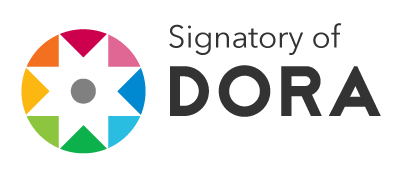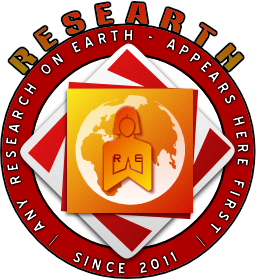Contribution of Community Based Organizations in the conservation of Volcanoes National Park. “Case study of SACOLA in Nyange and Kinigi Sectors, Musanze District, Rwanda.â€
DOI:
https://doi.org/10.51611/iars.irj.v7i1.2017.69Keywords:
VOLCANOES, NATIONAL PARK CONSERVATION, NATURE CONSERVATIONAbstract
The Community Based Organizations play an important role in the conservation of protected areas. However, they are still at the early stage in Rwanda and require scientific researches to assess their contribution towards National parks conservation. This study was conducted through four cooperatives (Turate ubuhinzi, Ingenzi Kinigi, ANICO, and Muhisimbi) with the sample size of 72 respondents. The data was collected using questionnaires for four months (from July to October 2011) and analyzed using statistical package for social sciences (SPSS), version 16.0. The study was aimed at assessing the contribution of community based organizations to the conservation of Volcanoes National Park, focusing on SACOLA activities in Nyange and Kinigi Sectors, Musanze District. The results indicated that people in the study area conduct many activities but crop production is conducted at 100%. Concerning the activities of SACOLA, the results show that 81.9% of population have already benefited from employment (buffalo wall construction and maintenance, guides in community tourism, porters, etc.). The output from Wilcoxon Signed Ranks Test showed that 55% have decreased their frequencies to go into the park. The same test shows that (11%) respondents have increased their frequencies to enter the park. The study showed also that 33% did not change their attitude towards the use of VNP resources. Referring to the statistical analysis at (p=.000), there is a significance statistical difference between the frequency of going into the park before and after SACOLA activities. There was also an association (P=0.026, Pearson Chi-Square) between satisfaction with SACOLA activities and the probability of going into the park. From these results, the population is that they are beneficiaries of SACOLA at 100% and they are informed about its activities, and 65.3% recognized to be satisfied at a very high level, while 19.4% of respondents mentioned not to be satisfied. Finally, the results show an improvement in conserving Volcanoes National Park since the creation of SACOLA in 2004, and conclude that the contribution of Community Based Organizations is positive and recommend that more effort is needed to maximize the community involvement and also recommend further researches in the same field.EW
Downloads
References
[2]. E.Rutagarama, A. Martin, M.Gray, S.Asuna, M.Bana, A.Basabose, M.Mwine.2008. A report on the experience of community conservation enterprises undertaken by the International Gorilla Conservation Programme
[3]. Hackel, D. J. (1999). Community conservation and the future of Africa’s wildlife. conservation biology, 13 (4), 726-734.
[4]. Hulme, D. and M. Murphee. 2001. Community conservation in Africa; an introduction. In Hulme, D.and Murphee, M.(eds.) African Wildlife and livelihoods. Heinemann, Portsmouth, Pages 1-8
[5]. IGCP, 2008. IGCP Strategy Document Virunga. Five Year Strategy (2006-2010).Updated Jan. 2008
[6]. Juan, C.2003. Community-based Conservation, participatory conservation in buffer zone communities in the natural protected areas of Chiapas, México, pge 5
[7]. Makambo, W. (2009), “Sabyinyo Silverback Lodge: A community partnership for conservation,â€International Gorilla Conservation Program, presentation from RDB-TC tourism forum.
[8]. MINECOFIN, 2002. A Profile of Poverty in Rwanda, February 2002, Ministry of Finance and Economic Planning, Rwanda
[9]. ORTPN, (2005). Strategic plan 2005-2008 ORTPN, Kigali-Rwanda, pp 26- 178.
[10]. Plumptre, A. (2003). The Socio-economic Status of People Living near Protected Areas in the Central Albertine Rift, pp 198
[11]. Plumptre, A.J. and Williamson, E.A. (2001). Conservation-oriented research in the virunga region. In Mountain Gorillas: Three decades of research at Karisoke. ed by M.M. Robbins, P.Sicotte and K.J. Stewart, pp. 361-389. University Press,Cambridge.
[12]. SACOLA, (2009). Administration and financial manual of SACOLA
[13]. Scherr S, White A and Kaimowitz D 2004 A new agenda for forest conservation and poverty reduction: making markets work for low-income producers, Forest Trends, Washington, DC
Downloads
Published
Issue
Section
License
Copyright (c) 2017 EUGENE UWIMANA

This work is licensed under a Creative Commons Attribution 4.0 International License.
Author(s) hold complete right on the content of this article. Copyright to the content are governed as per Copyright Policy of the Journal.





















